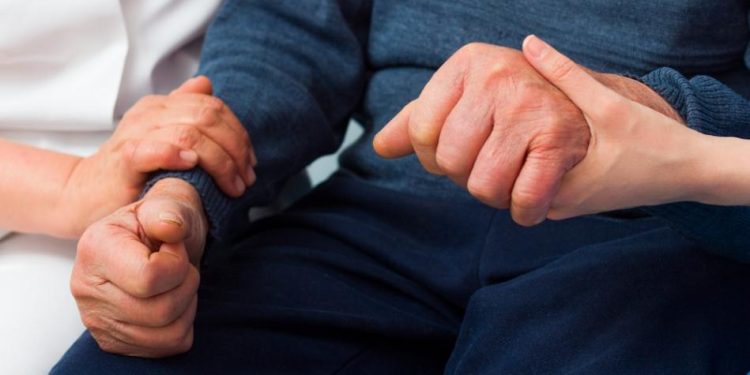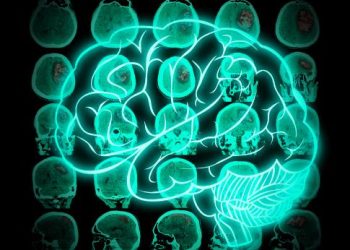Men are more likely to experience certain stroke symptoms, such as numbness or weakness on one side of the body. They also may have trouble swallowing or getting around.
You can’t change some risk factors for stroke, such as age and gender, but you can control others. Pay attention to when your symptoms begin, so you know when to seek emergency treatment.
Loss of Appetite
A stroke often occurs because of a narrowing or blockage in an artery that supplies blood to the brain. It can also happen because of a burst or leaking blood vessel in the brain. Blood pressure and fatty deposits (atherosclerosis) in the arteries are common causes of these problems. A stroke can occur in people of any age, but your chances of having a stroke increase as you get older.
A stroke is a medical emergency and you need to get treatment right away. Call 911.
While you are waiting for help to arrive, try to remember when your symptoms started and what they were like. This will help the doctor decide what kind of medication to give you.
Getting the right type of treatment can help you recover faster and lessen your chance of having another stroke in the future. Your doctor may give you a drug called tPA (tissue plasminogen activator), which can break up the blood clot that is causing your stroke. This medicine is only effective if given within 4 hours after your symptoms first start.
To reduce your risk of a stroke, avoid smoking and tobacco use, and stay on prescribed medications. Also, if you have high blood pressure, lower it by taking medicine. Studies have linked certain medications to an increased risk of stroke, such as blood-thinning drugs (such as warfarin), and hormone therapy used to treat menopause symptoms, including hot flashes.
Nausea
When a person suffers from nausea, it can be a sign of an impending stroke. During a stroke, the blood supply to the brain is interrupted, which leads to a lack of oxygen and nutrients to the affected area. This can cause brain cells to die and lead to permanent damage, disability, or even death.
A person who is having a stroke may also have difficulty swallowing, which can lead to pneumonia if food or drinks get into the lungs. This is because the muscles used to swallow are also used to breathe, and if the brain isn’t receiving a proper blood flow, these muscles won’t work properly.
If someone has any of these symptoms, it is important to call 911 and request an ambulance. The faster they are seen, the less damage will occur.
People who suffer a stroke are more likely to experience long-term disabilities and even death if they don’t receive treatment within three hours of the first signs. This is because the longer a stroke goes untreated, the more the brain can be damaged.
Symptoms of a stroke vary between men and women, but most include sudden weakness or numbness in the face, arm or leg—usually on one side of the body—and difficulty speaking or understanding others. A sudden headache with no known cause and dizziness or loss of balance or coordination are other common symptoms.
Vomiting
In addition to the classic symptoms of a stroke, some men have nontraditional symptoms such as nausea or vomiting. These can occur when fluid builds up between the brain and skull or in the cavities of the brain, putting pressure on the brain.
This can also cause difficulty breathing, especially for men with high blood pressure or taking medications such as nitrates (aspirin) for blood pressure or clot-busting medication. Having trouble breathing can make it difficult to swallow, increasing the risk of inhaling food or drink into the lungs and developing pneumonia.
It is important for all men to learn the FAST warning signs of a stroke. F stands for face drooping — does one side of the face droop? A = arm weakness — can they raise both arms? Does one arm drift downward? S = speech difficulty — is the person’s speech slurred? T = time to call 911 — every minute counts in treating a stroke. The sooner someone gets to a hospital, the better their chances of getting lifesaving medication such as aspirin or powerful clot-busting drugs that can prevent serious complications.
People often don’t seek treatment for a stroke because they think it won’t last long. But a stroke can happen in a flash and leave lasting disabilities. High blood pressure is a major risk factor for stroke, and almost half of men have high blood pressure. This is likely because of a diet that is high in salt and because many men don’t take steps to manage their health, such as taking blood pressure medication or following doctor advice to control it. Having a family history of stroke or heart disease and being younger than 55 can also increase the risk of stroke.
Disorientation
A stroke can cause a person to become confused or disoriented. They may not know where they are, what the time is or who they are. They may also have trouble thinking clearly, unable to concentrate or remember things, and they might be irritable or angry. They might also have a hard time using the bathroom or sleeping.
It’s important to recognize these symptoms because they indicate that a stroke is happening and needs to be treated right away. In fact, the first few hours of treatment are critical, since treatments that can reverse some stroke damage work best when they’re given within three hours of when the initial stroke symptoms begin.
Some people have a higher risk of stroke, including those who are older (two-thirds of all strokes occur in those 65 and over), those with certain medical conditions like high blood pressure or diabetes, and those who’ve already had a stroke or heart attack. Genetics can also play a role in the chances of having a stroke.
Fortunately, most people can learn to recognise the warning signs of stroke, which are known as FAST. Face drooping — is one side of the face weak or numb? Arm weakness — can they raise both arms and keep them up? Speech difficulty — is the person’s speech slurred or unusual? Time — did the symptoms happen suddenly? If they did, it’s time to call 911. It’s helpful to look at a clock or your watch and note when the symptoms started. This will help the doctor determine what kind of treatment is needed. And it’ll give you a good idea of whether the person had a TIA or a full-blown stroke.
Loss of Vision
Different parts of the brain control different abilities, so stroke symptoms depend on which area of your brain is affected. For example, if you have a stroke that affects the Broca’s area — which controls speech — you may have trouble speaking or slur your words. You may also have difficulty understanding others, a condition called aphasia. A stroke can also cause muscle weakness on one side of your face or body, or a sudden loss of balance and coordination (ataxia).
If you suspect someone is having a stroke, check the time when their symptoms started. This is important because some treatments are most effective when given early on.
In an ischemic stroke, your doctor will use drugs to dissolve the blood clot blocking blood flow to your brain. They’ll also give you medicine to prevent another clot from forming. They may also recommend a procedure called thrombolysis, in which they inject a drug into an artery in your arm to break up the clot.
In a hemorrhagic stroke, your doctor will treat the bleeding with surgery or other medical procedures. They’ll insert a thin tube (catheter) into an artery in your groin or wrist, then thread it to the blood vessels that carry blood to your head. Then they’ll release a dye and take X-rays to see where the clot is.
Some things, like age and race, increase your risk of having a stroke. But you can lower your risk by making healthy lifestyle choices and taking medications to manage your health conditions. If you’ve already had a stroke, you can prevent future ones by practicing good self-care and going to your rehabilitation or therapy appointments.









